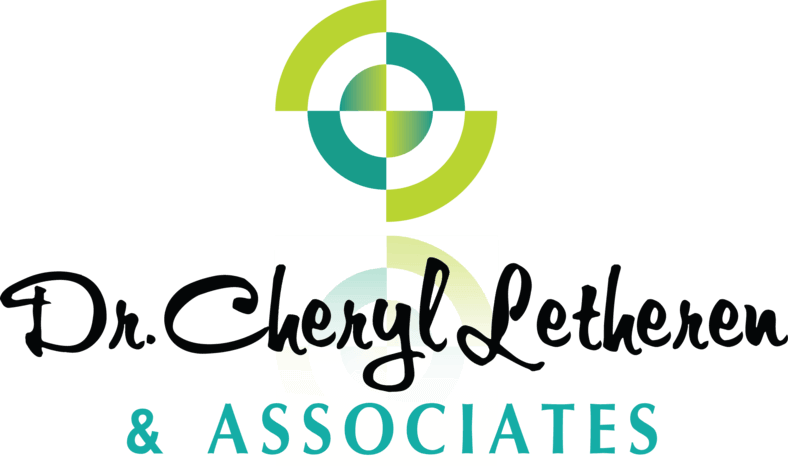
As the school year begins, making sure your child’s eyes are comfortable while they read and write is just as important as stocking up on pencils and notebooks. How they sit, the distance they hold a book or device, and even the lighting in the room all play a role in keeping their visual system relaxed. A comfortable, well-planned setup helps their eyes work efficiently—so their mind can focus on learning. For children who already wear eyeglasses or contact lenses, the right reading environment can also help them get the most benefit from their prescription and prevent unnecessary strain.
Setting Up the Perfect Reading and Homework Space for Your Child
Here are some practical tips to support your child’s vision and help them feel at ease while working on homework or reading.
The Harmon Distance: The Best Range for Near Work
When reading or doing close work, there’s a specific distance that allows the eyes to function at their best. This is called the Harmon distance. You can find it by having your child place a fist against their cheek—where their elbow reaches is roughly the most comfortable reading distance.
If your child consistently holds books or devices too close, their eyes must work harder to converge and focus, which can cause eye strain, headaches, and even contribute to myopia (nearsightedness). Holding material too far away can also indicate vision issues. A child with healthy eyesight will naturally work at the correct distance, so if you notice otherwise, it’s worth investigating.
Support Good Posture
Vision is more than just the eyes—it involves the whole body. Make sure your child’s desk and chair are the right height so their feet rest flat on the floor and the work surface is at a comfortable level. This encourages them to sit upright and avoid leaning too close. If you see your child slouching or tilting their head to see, it may be a sign of visual difficulty.
Ensure Proper Lighting
Poor lighting can force the eyes to work harder. Make sure the room is well lit for reading or writing, but avoid glare from windows or overhead lights. A balanced light source positioned to the side of their dominant hand can help reduce shadows and strain.
When to Check in with an Optometrist
If your child’s reading habits seem unusual, they complain of tired eyes, or it’s been more than a year since their last eye exam, schedule a comprehensive evaluation. Early detection of vision problems can make a big difference in their school performance and comfort. This is also the perfect opportunity to check if they would benefit from eyeglasses or if they’re ready to try contact lenses, especially for active kids who play sports or prefer glasses-free vision.
By setting up a workspace that supports healthy vision—and making sure your child’s eyewear or contact lenses are working for them—you’re helping them succeed both in and out of the classroom. Here’s to a great school year filled with happy reading, writing, and clear sight.
Frequently Asked Questions
At what age can a child start wearing contact lenses? Many children are ready for contact lenses by age 10–12, but it depends on their maturity and ability to handle lens care responsibly. Your optometrist can help decide if your child is a good candidate.
Are there special eyeglasses for kids who read a lot? Yes. Children who spend significant time reading or studying may benefit from glasses with anti-fatigue or blue light–filtering lenses to reduce strain and improve comfort.
How often should my child’s glasses prescription be updated? Children’s vision can change quickly, so annual eye exams are recommended. Some children, especially those with myopia, may need their prescription updated more often.
Are daily disposable contact lenses a good option for kids? Daily disposables are often ideal for children because they’re low-maintenance—no cleaning required—and can help reduce the risk of eye infections.

